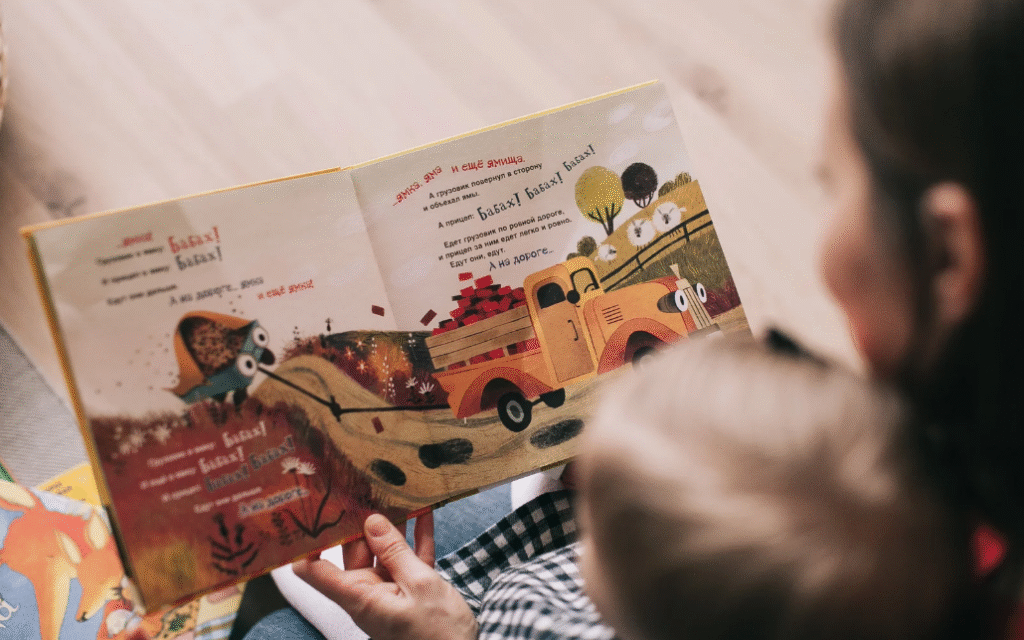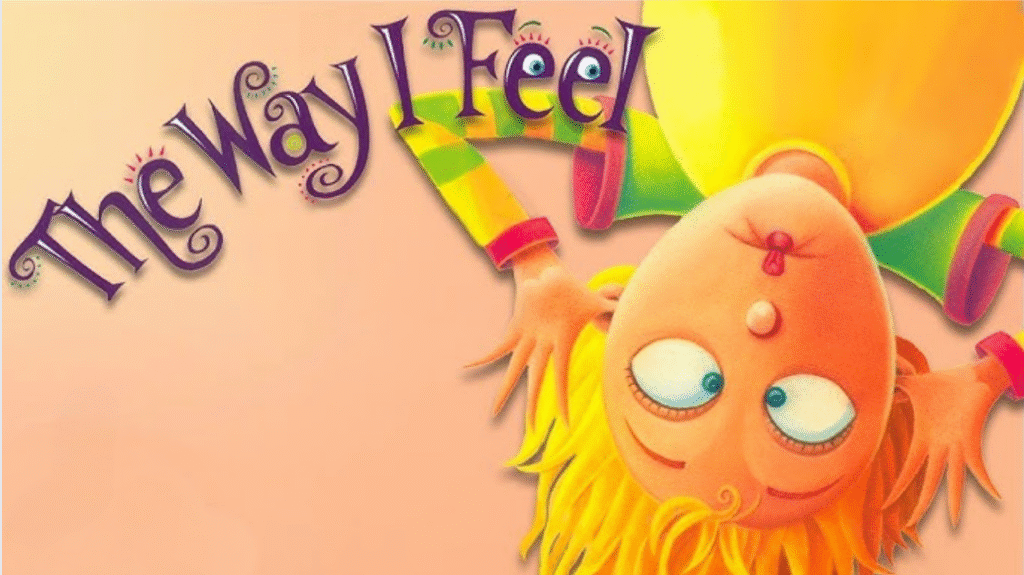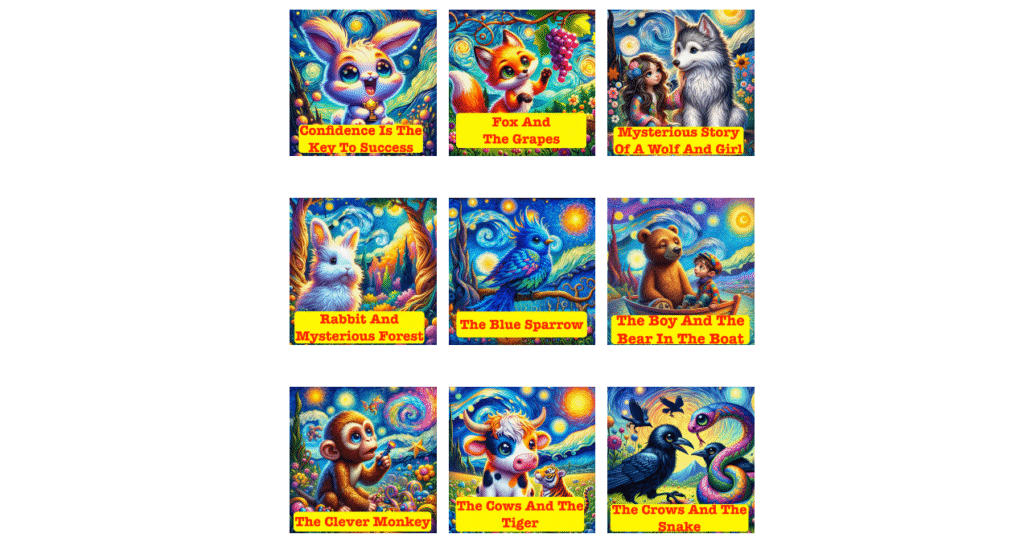As parents, we all want our children to thrive—not just in academics but in life. Developing emotional intelligence (EQ) is key to helping kids build strong relationships, manage stress, and navigate life’s challenges. One of the best ways to nurture EQ is through children’s books for emotional intelligence that spark meaningful conversations about feelings. Whether you’re a stay-at-home parent, a busy professional, or an educator, these EQ books for kids offer valuable lessons for fostering emotional growth. In this article, we share 10 must-read children’s books to help your little ones develop confidence, empathy, and resilience. For a convenient way to access engaging stories, check out the Children’s Books Bundle, a collection of e-books designed to teach kids about emotions in a fun way. Note: This article contains affiliate links, which means we may earn a small commission if you purchase through them, at no extra cost to you.

Why Emotional Intelligence Matters for Kids
Before diving into our list of books to help kids be confident, let’s explore why developing emotional intelligence for kids is so vital. EQ includes key skills like:
- Self-awareness: Recognizing and understanding one’s own emotions.
- Self-regulation: Managing emotions in healthy ways.
- Empathy: Understanding others’ feelings.
- Social skills: Building and maintaining positive relationships.
- Motivation: Using emotions to pursue goals.
Children with high EQ are more resilient, excel in social interactions, and perform better academically. These skills help them face challenges, form strong connections, and achieve success in life. The following children’s books for EQ are perfect tools to support your child’s emotional growth.
Discover the Children’s Books Bundle: A Digital Solution for Emotional Learning
For parents looking to build a library of educational e-books for kids, the Children’s Books Bundle is a fantastic resource. This curated collection of e-books offers a variety of engaging stories that teach children about emotions, empathy, and resilience in a fun and accessible way. Available digitally, it’s perfect for busy families who want instant access to high-quality content on tablets, phones, or computers. From stories about managing anger to tales of kindness and self-confidence, this bundle provides diverse narratives that align with the goals of fostering EQ. Plus, its affordable price and easy-to-use format make it a go-to choice for parents and educators alike. Explore the Children’s Books Bundle today to give your child a head start in emotional intelligence!
10 Children’s Books to Teach Emotional Intelligence
1. “The Feelings Book” by Todd Parr
Todd Parr’s vibrant illustrations and simple language make The Feelings Book a perfect introduction to emotions. From happy to sad, silly to scared, this book normalizes all feelings and encourages kids to embrace them. It’s an excellent starting point for teaching kids to manage emotions by helping them name what they’re feeling.

Why it’s great for EQ: Introduces a wide range of emotions in a non-judgmental way, fostering emotional expression and acceptance.
2. “Alexander and the Terrible, Horrible, No Good, Very Bad Day” by Judith Viorst
This classic follows Alexander as he navigates a day where everything goes wrong. Feeling overwhelmed and frustrated, Alexander learns it’s okay to have bad days. This relatable story is ideal for books to help kids be confident in facing adversity and discussing coping strategies.
Why it’s great for EQ: Normalizes bad days and provides a context for teaching kids how to handle frustration.
3. “When Sophie Gets Angry—Really, Really Angry…” by Molly Bang
Sophie’s fiery anger comes to life in this beautifully illustrated book. When things don’t go her way, she explodes but eventually finds ways to calm down. This story is a powerful tool for teaching kids to manage emotions by showing healthy ways to process anger.
Why it’s great for EQ: Offers a visual representation of anger and models positive self-regulation techniques.
4. “Have You Filled a Bucket Today?: A Guide to Daily Happiness for Kids” by Carol McCloud
Using the metaphor of an invisible bucket, this book explains how kind actions fill others’ buckets (and our own), while unkindness empties them. It’s a must-read for books for kids to build social skills and promote empathy. For similar stories, check out the Children’s Books Bundle for more tales of kindness.
Why it’s great for EQ: Encourages kindness, empathy, and mindfulness in social interactions.
5. “The Way I Feel” by Janan Cain
With colorful illustrations and descriptive language, The Way I Feel explores emotions like joy, anger, and fear through relatable scenarios. It’s a fantastic tool for building emotional vocabulary and teaching EQ development in young children.

Why it’s great for EQ: Helps kids identify and articulate emotions with clear, visual examples.
6. “Lilly’s Purple Plastic Purse” by Kevin Henkes
Lilly loves her purse but gets upset when her teacher asks her to put it away, leading to a mean note and regret. This story explores anger, regret, and forgiveness, making it a great pick for books for kids to build social skills and understand consequences.
Why it’s great for EQ: Teaches kids to take responsibility for their actions and make amends.
7. “Chrysanthemum” by Kevin Henkes
Chrysanthemum loves her unique name until classmates tease her, affecting her self-esteem. This book tackles bullying, self-acceptance, and individuality, making it a powerful choice for books to help kids be confident.
Why it’s great for EQ: Promotes self-esteem and encourages kids to embrace their uniqueness while addressing bullying.
8. “In My Heart: A Book of Feelings” by Jo Witek
Using a creative cut-out design, In My Heart describes emotions with metaphors and scenarios, helping kids see that feelings are fluid. This engaging book is perfect for educational e-books for kids and fostering emotional understanding.
Why it’s great for EQ: Explores the dynamic nature of emotions, encouraging kids to accept their changing feelings.
9. “Bear Feels Scared” by Karma Wilson
When Bear gets scared alone in the woods, his friends help him feel safe. This story addresses fear and the importance of support, making it a great resource for teaching kids to manage emotions like anxiety.
Why it’s great for EQ: Normalizes fear and shows kids the value of seeking help from others.
10. Children’s Books Bundle: A Collection of E-books for Emotional Growth
The Children’s Books Collection is a collection of engaging eBooks designed to teach children about emotions, empathy, and self-confidence. With stories and exercises that explore themes such as kindness, perseverance, and emotional regulation, this series is perfect for parents looking for accessible, high-quality content to support their child’s EQ development. Available instantly on any device, this is the ideal resource for busy families.
In addition to 30 great stories that help develop children’s EQ, the series also includes workbooks that stimulate children’s creativity, thereby supporting the development of both their EQ and IQ. Explore this collection to spark meaningful conversations with your child.

Why it’s great for EQ: Offers a variety of stories to promote emotional awareness, empathy, and resilience in a fun, digital format.
Beyond the Books: Nurturing EQ at Home
Reading these children’s books for emotional intelligence is a great start, but fostering EQ is an ongoing journey. Here are practical tips to support your child’s emotional growth:
- Share your feelings: Talk about your emotions in an age-appropriate way to model emotional awareness.
- Practice active listening: Give your child your full attention to understand their perspective.
- Encourage empathy: Help kids see how their actions affect others.
- Model coping strategies: Show healthy ways to manage emotions, like taking deep breaths.
- Create a safe space: Let your child know it’s okay to express all feelings, even negative ones.
Conclusion
Helping your child develop emotional intelligence is one of the greatest gifts you can give them, setting the stage for a lifetime of strong relationships and resilience. The children’s books for EQ shared in this article offer fun, engaging ways to teach kids about emotions, empathy, and self-confidence. By reading together and using the practical tips provided, you can create meaningful moments that nurture your child’s emotional growth. For busy parents, the Children’s Books Bundle is a fantastic way to access a variety of e-books that make learning about emotions exciting and accessible. Start this journey today—grab a book, cuddle up with your little one, and watch them grow into confident, empathetic individuals. Which story are you excited to share with your child? Let us know in the comments below and join other parents in building a brighter future for our kids!
START TODAY BY DISCOVERING INTERACTIVE READING BOOKS THAT MAKE STORYTELLING UNFORGETTABLE AT THIS LINK!
Visit our BLOG for more inspiring ideas to nurture your child’s growth through creativity!
Disclaimer
This article is for informational purposes only and does not constitute professional advice. The author is not responsible for any outcomes resulting from applying the suggestions provided. Some links in this article are affiliate links, meaning we may earn a commission if you make a purchase through them, at no additional cost to you. For more information, please review the terms on the linked websites.